Search results for "samsung one ui"
-

 710Updates
710UpdatesSamsung One UI 7 could bring iOS 18-inspired features
Following the official announcement of One UI 6.1.1, the focus of Galaxy fans and tech enthusiasts has now shifted toward the next...
-

 400Wearables
400WearablesSamsung One UI 6 Watch Beta 2 for Galaxy Watch 6 released in Korea
Key Points One UI 6 Watch Beta 2 is out for the Galaxy Watch 6 series. The update is released in Korea...
-

 474Updates
474UpdatesSamsung One UI 7 could bring App Lock feature for Galaxy devices
Key Points Samsung is rumored to introduce an App lock feature with One UI 7. App lock feature will allow users to...
-
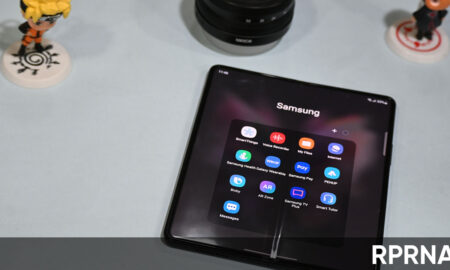
 505Apps
505AppsSamsung One UI 6.1.1 support already rolling out for Theme Park App
Key Points Samsung Theme Park App gets One UI 6.1.1 support. This new release also brings fixes and improvements. One UI 6.1.1...
-
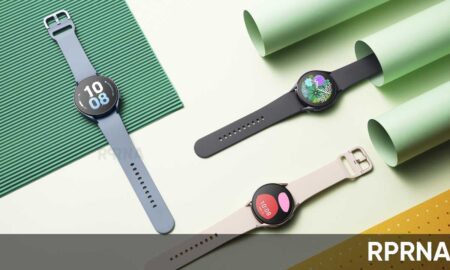
 599Wearables
599WearablesSamsung One UI 6 Watch Beta Changelog
Key Points Samsung initiated the One UI 6 Watch Beta program. The One UI 6 Watch Beta is live for the Galaxy...
-

 341Wearables
341WearablesSamsung One UI 6 Watch Beta is approaching in the US
Key Points Samsun to soon start One UI 6 Watch beta in the US. The Galaxy Watch 6 series could be the...
-

 671Apps
671AppsScreen burn-in protection feature is back with Samsung One UI 6.1 update
After the initial arrival with the Galaxy S24 series the features of Galaxy AI have now reached various Galaxy devices through the...
-
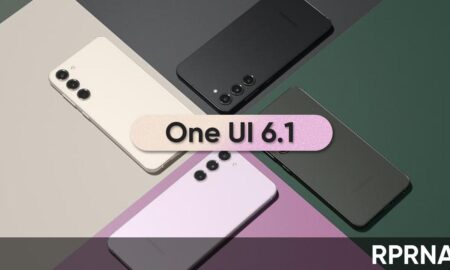
 1.7KUpdates
1.7KUpdatesSamsung One UI 6.1 with Galaxy AI is here, check every new feature here: Complete changelog
Samsung has started the rollout of the major One UI 6.1 update with Galaxy AI features. The latest offering from the South...
-
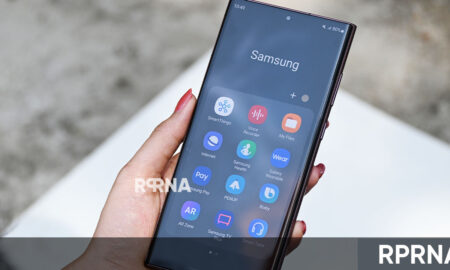
 1.6KNews
1.6KNewsSamsung One UI 6.1.1 with Vertical App Drawer is coming: Confirms Moderator
Samsung One UI 6.1.1, the new One UI version, has just been confirmed by a moderator through its community post. One of...
-
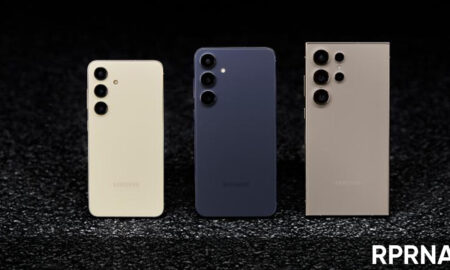
 4.2KFeatured
4.2KFeaturedSamsung One UI 7.0: Which Samsung Galaxy device is getting it?
Google’s Pixel phones are now eligible to install Android 15 Developer Preview builds. The new Android 15 will remain limited to the...
